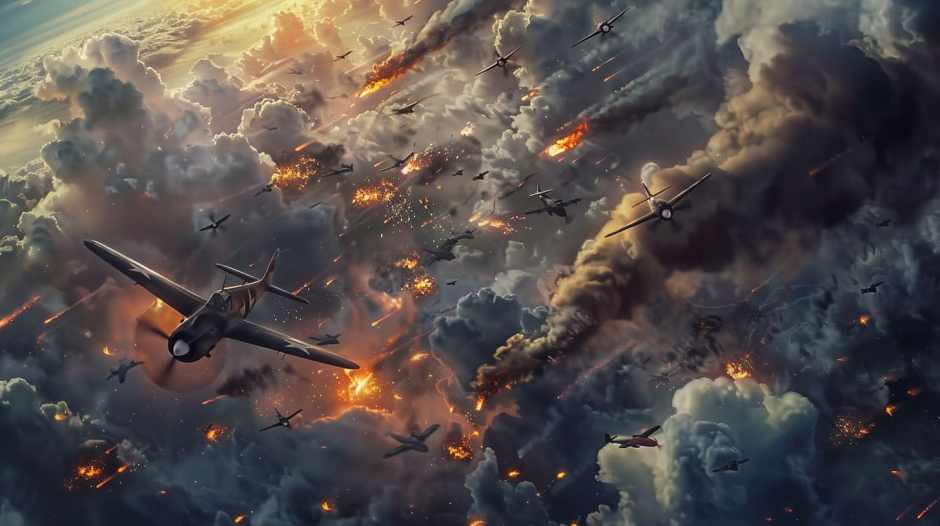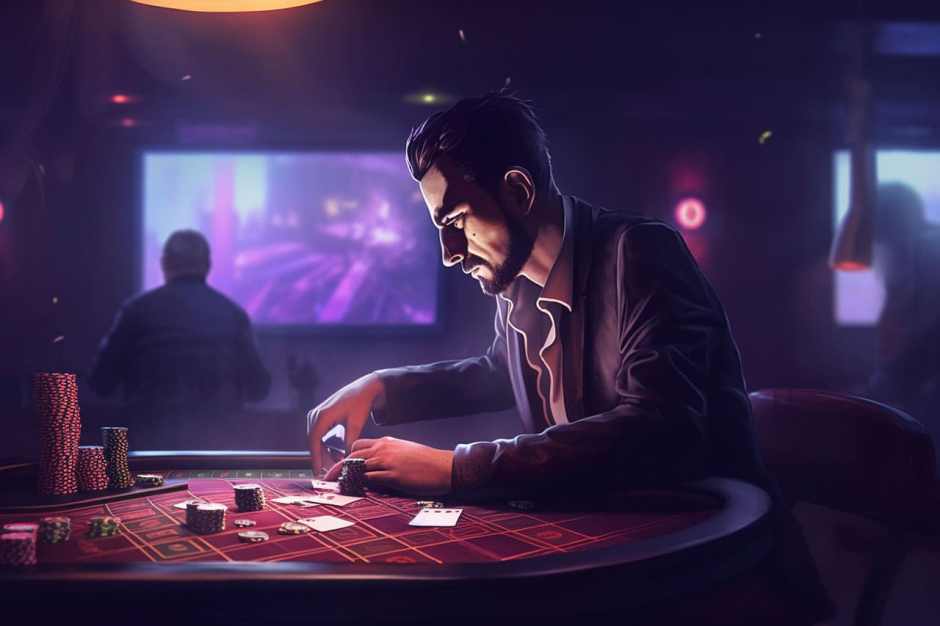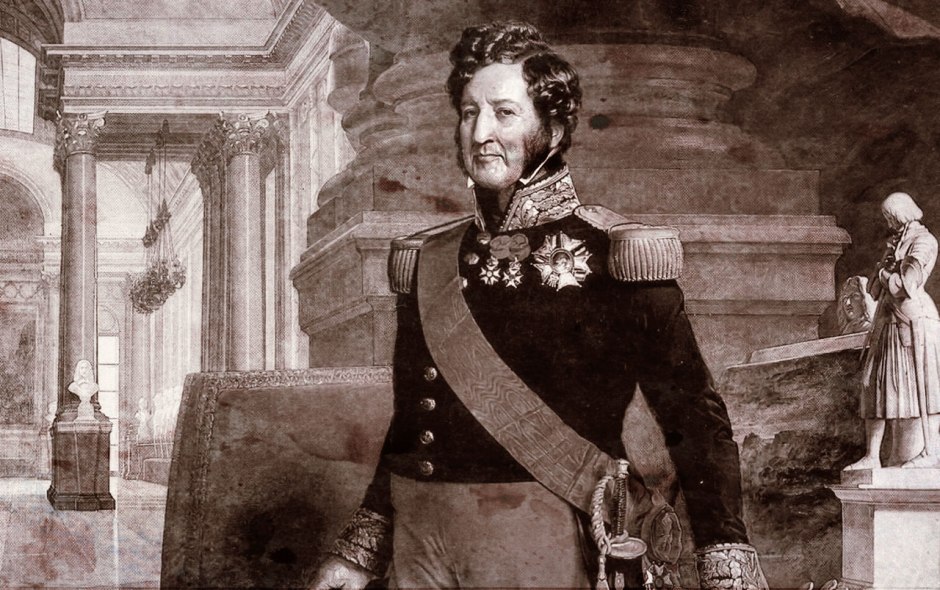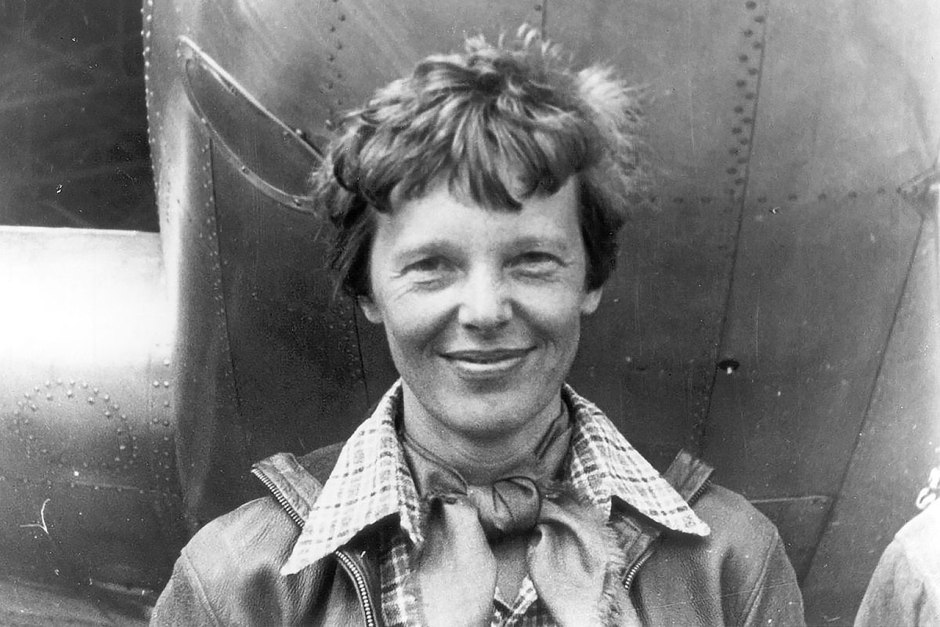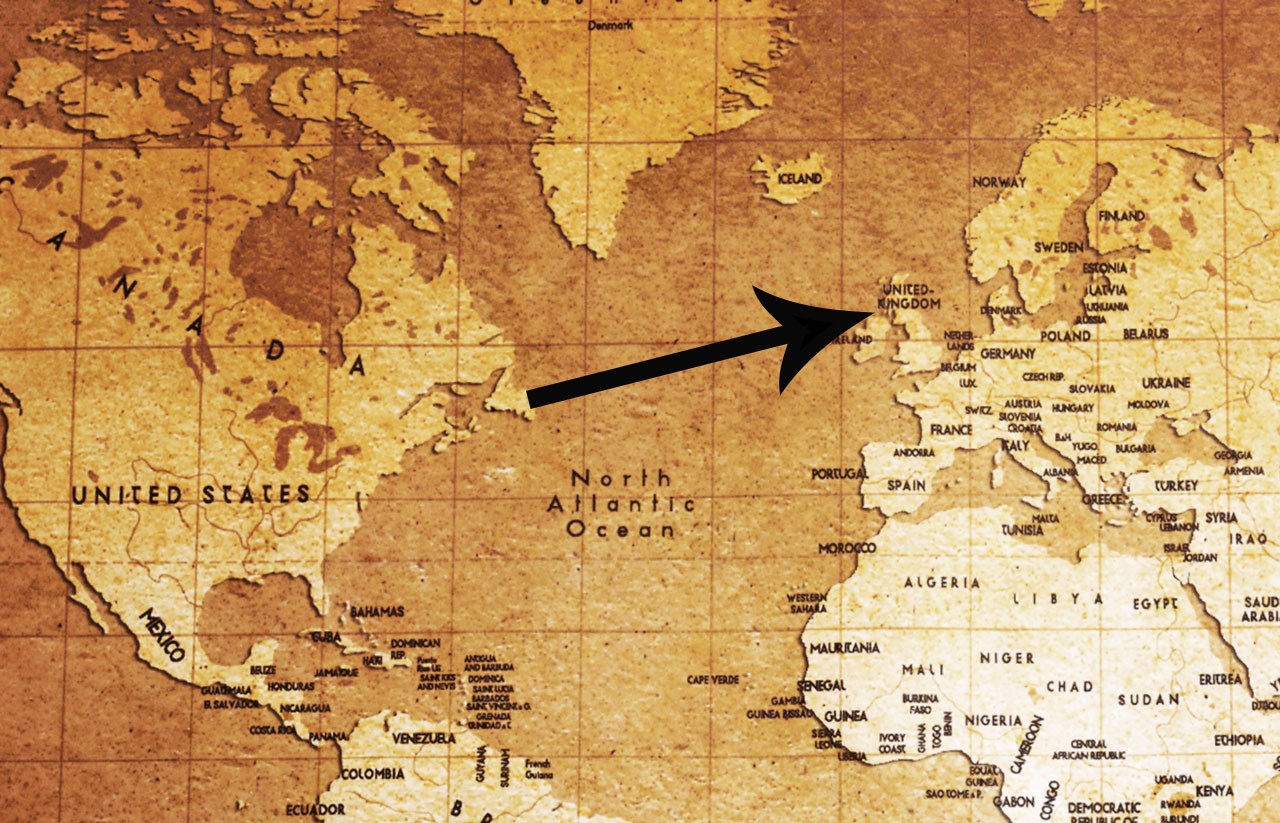Step back in time with us to the tumultuous era of the mid-20th century, a period marked by global conflict, unparalleled suffering, and the triumph of the human spirit amidst the darkest of times. World War II, spanning from 1939 to 1945, stands as one of the most defining and consequential events in modern history.
In this comprehensive exploration, we delve into the multifaceted tapestry of World War II, tracing its roots, examining its key campaigns and events, confronting the atrocities of the Holocaust, and charting the path towards post-war reconstruction and international cooperation.
Join us on a journey through the corridors of power and the battlefields of Europe, Asia, and beyond, as we unravel the complexities of this epoch-defining conflict and uncover the enduring lessons it holds for us today.
From the rise of totalitarian regimes to the horrors of genocide, from the pivotal battles that determined the fate of nations to the remarkable resilience of the human spirit in the face of unimaginable adversity, World War II encapsulates the full spectrum of human experience – from the depths of depravity to the heights of heroism.
As we embark on this journey through history, let us remember the sacrifices of those who fought and died in the struggle for freedom and justice, and let us honor their memory by striving to build a world where peace, tolerance, and understanding prevail.

Root Causes and Aggressors
In the turbulent aftermath of World War I, the Treaty of Versailles emerged as a controversial document that shaped the course of European politics and laid the groundwork for future conflicts. Signed in 1919, the treaty imposed punitive measures on Germany, compelling the nation to accept responsibility for the war, cede territory, demilitarize, and pay heavy reparations to the Allied powers. This punitive approach, while intended to prevent Germany from rearming and launching further aggression, ultimately fueled resentment and economic hardship within the country.
Amidst the economic turmoil and social upheaval of the interwar period, charismatic leaders rose to power in Germany, Italy, and Japan, promising to restore national greatness and defy the constraints of the post-war order. In Germany, Adolf Hitler capitalized on public discontent with the Treaty of Versailles and the economic devastation of the Great Depression to rally support for his National Socialist (Nazi) Party. Promising to overturn the treaty, rebuild Germany’s military strength, and reclaim lost territory, Hitler’s fiery rhetoric resonated with a populace hungry for change.
Similarly, in Italy, Benito Mussolini exploited widespread dissatisfaction with the political establishment and economic stagnation to establish a fascist regime characterized by authoritarian rule, militarism, and ultranationalism. Mussolini’s vision of a revitalized Roman Empire, embodied in his doctrine of Fascism, appealed to Italian nationalists and imperialists alike, laying the groundwork for Italy’s aggressive expansionist policies in the years to come.
Meanwhile, in Japan, Emperor Hirohito and his militaristic advisers pursued a policy of imperial expansion in Asia, driven by a desire to secure access to vital resources and establish Japan as a dominant regional power. The invasion of Manchuria in 1931 and subsequent expansion into China marked the beginning of Japan’s militaristic expansionism, which culminated in the attack on Pearl Harbor in 1941 and Japan’s entry into World War II.
Collectively, these aggressive regimes sought to overturn the existing international order, challenge the dominance of the Western powers, and establish spheres of influence and territorial hegemony in Europe, Asia, and beyond. Their expansionist ambitions and disregard for international norms and agreements set the stage for a global conflagration that would engulf the world in conflict.
The roots of World War II can also be traced to deeper structural and systemic factors, including economic instability, ideological extremism, and geopolitical rivalries. The Great Depression, which wreaked havoc on economies worldwide, fueled social unrest, political radicalization, and the rise of extremist movements across Europe and beyond.
Moreover, the failure of the League of Nations to effectively maintain peace and enforce collective security emboldened aggressor nations to flout international law and pursue their expansionist agendas with impunity. The League’s inability to prevent or effectively respond to acts of aggression, such as Italy’s invasion of Ethiopia and Japan’s incursions into China, undermined its credibility and reinforced a perception of weakness and ineffectiveness.
In this volatile climate of economic hardship, political upheaval, and ideological fervor, the stage was set for the eruption of World War II. The aggressive actions of Germany, Italy, and Japan, driven by expansionist ambitions and fueled by nationalist fervor, would plunge the world into a conflict of unprecedented scale and brutality, reshaping the course of history and leaving an indelible mark on the collective memory of humanity.

Key Campaigns and Events
As the world plunged into the abyss of war, a series of pivotal campaigns and events unfolded across the globe, reshaping the course of history and determining the outcome of the conflict.
In Europe, the German Blitzkrieg swept across the continent with lightning speed, overwhelming and subjugating nations in its path. The invasion of Poland in September 1939 marked the beginning of World War II in Europe, as German forces unleashed a devastating assault that shattered Polish defenses and triggered a cascade of events that would soon engulf the entire continent.
The fall of France in 1940 dealt a crushing blow to Allied hopes of containing German aggression, as Hitler’s armies swept through the Low Countries and outmaneuvered French defenses with stunning speed and efficiency. The evacuation of British and Allied forces from Dunkirk, while a miraculous escape from certain destruction, left Britain isolated and vulnerable, facing the prospect of a Nazi invasion across the English Channel.
But Britain stood firm, buoyed by the leadership of Prime Minister Winston Churchill and the indomitable spirit of its people. The Battle of Britain, fought in the skies over southern England in the summer of 1940, marked a turning point in the war, as the Royal Air Force repelled wave after wave of German bombers in a heroic defense of the island nation.
Across the vast expanse of the Soviet Union, another titanic struggle was underway, as Hitler launched Operation Barbarossa in June 1941, aiming to crush the Soviet Union and secure vital resources for the German war machine. The brutal fighting on the Eastern Front would claim millions of lives and become the defining theater of the war, as Soviet forces battled fiercely to repel the invaders and push them back towards the heart of Nazi Germany.
In the Pacific Theater, Japan’s surprise attack on Pearl Harbor on December 7, 1941, stunned the United States and propelled the nation into the conflict with a vengeance. The subsequent campaign of island-hopping across the Pacific saw bitter fighting on remote atolls and tropical jungles, as American forces sought to dislodge Japanese defenders and inch closer to the Japanese home islands.
Meanwhile, in North Africa, the deserts of Libya and Egypt became the battleground for a clash of titans between British and Axis forces, as Field Marshal Erwin Rommel’s Afrika Korps clashed with the British Eighth Army in a seesaw struggle for control of the strategic Suez Canal and access to vital oil reserves.
These key campaigns and events, spanning continents and oceans, would shape the course of World War II and determine the fate of nations. From the beaches of Normandy to the jungles of Burma, from the frozen wastes of the Eastern Front to the sweltering heat of the Pacific islands, the war would exact a heavy toll in blood and treasure, leaving scars that would endure for generations to come.

Holocaust and Genocide
Amidst the chaos and carnage of World War II, one of the darkest chapters in human history unfolded: the Holocaust.
Under the Nazi regime, six million Jews, along with millions of others deemed “undesirable” by the regime, were systematically persecuted, rounded up, and murdered in a campaign of unparalleled brutality and barbarism.
From the infamous death camps of Auschwitz, Treblinka, and Sobibor to the Einsatzgruppen mobile killing squads operating in Eastern Europe, the Holocaust saw the industrialization of genocide on an unprecedented scale.
But the horrors of the Holocaust did not end with the liberation of the concentration camps. Survivors faced the daunting task of rebuilding their lives in the aftermath of unimaginable trauma, while the world grappled with the enormity of the crimes committed in the name of hate and ideology.
The Holocaust stands as a stark reminder of the depths to which humanity can sink when bigotry, intolerance, and indifference are allowed to flourish unchecked.
As we bear witness to the stories of survivors and confront the painful legacy of the Holocaust, we are reminded of the importance of remembrance, education, and vigilance in the ongoing struggle against hatred and prejudice.
For to forget the lessons of the Holocaust is to risk repeating the mistakes of the past, and to betray the memory of those who perished in the flames of hatred and intolerance.

Post-war Reconstruction and International Cooperation
In the aftermath of World War II, a shattered world faced the daunting task of rebuilding amidst the ruins of conflict and devastation.
The devastation wrought by the war was staggering, with entire cities reduced to rubble, economies in ruins, and millions of lives lost. But amidst the despair, there emerged a glimmer of hope as nations came together in a spirit of cooperation and solidarity to chart a path towards recovery and renewal.
One of the key initiatives aimed at rebuilding Europe was the Marshall Plan, a massive economic aid program launched by the United States in 1948. Under the plan, billions of dollars in aid were provided to European nations devastated by the war, enabling them to rebuild infrastructure, revive industry, and restore stability to their economies.
The Marshall Plan not only facilitated the physical reconstruction of Europe but also fostered a spirit of cooperation and interdependence among nations, laying the groundwork for the continent’s post-war prosperity and integration.
Meanwhile, on the international stage, efforts were underway to prevent future conflicts and promote lasting peace through collective security and cooperation. In 1945, the United Nations was established, with the aim of maintaining international peace and security, promoting social progress, and fostering friendly relations among nations.
The UN’s founding principles of collective security and multilateralism represented a bold departure from the failed diplomatic approaches of the past, offering a new framework for resolving conflicts and addressing global challenges.
In addition to the UN, other international organizations such as the International Monetary Fund (IMF) and the World Bank were established to promote economic stability and development on a global scale.
Through these institutions, nations worked together to address common challenges such as poverty, disease, and environmental degradation, laying the groundwork for a more peaceful, prosperous, and sustainable world.
The post-war period also witnessed the emergence of new alliances and partnerships aimed at promoting regional stability and security. The North Atlantic Treaty Organization (NATO), established in 1949, brought together Western European nations and the United States in a mutual defense pact aimed at deterring Soviet aggression and preserving the peace in Europe.
Similarly, the formation of the European Coal and Steel Community in 1951 laid the foundations for what would eventually become the European Union, a visionary project aimed at fostering economic integration, political cooperation, and reconciliation among former adversaries.
In the decades that followed, these institutions and initiatives would play a crucial role in shaping the course of global affairs, promoting peace, prosperity, and cooperation among nations.
As we reflect on the post-war era, we are reminded of the power of collective action and international cooperation in overcoming the challenges of the past and building a better future for all. Through solidarity, dialogue, and a commitment to shared values, we can continue to strive towards a world free from the scourge of war and conflict, where all nations can thrive in peace and prosperity.
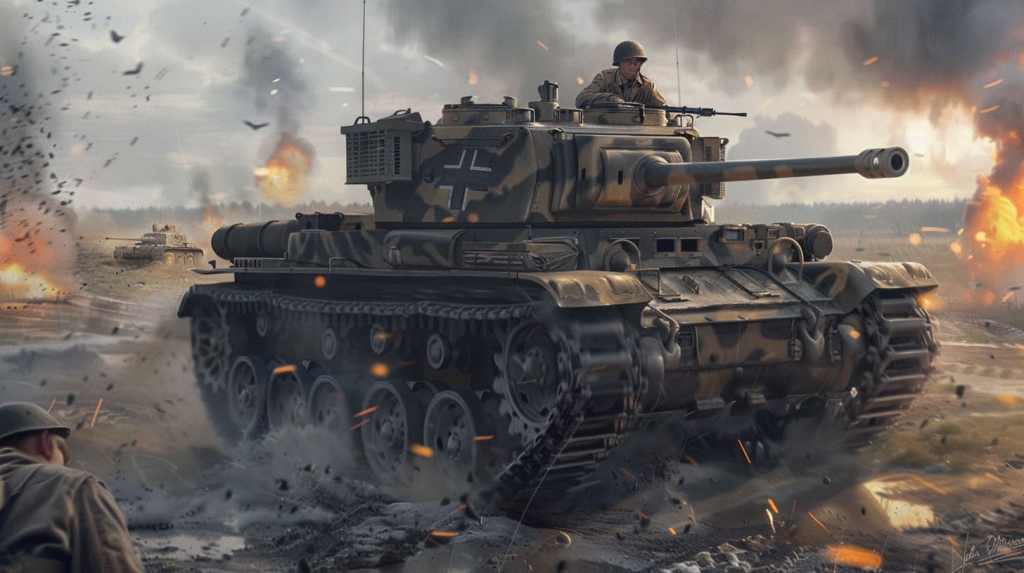
Lessons Learned
World War II stands as a sobering reminder of the catastrophic consequences of unchecked aggression, totalitarianism, and intolerance.
From the ashes of war emerged a newfound understanding of the importance of diplomacy, dialogue, and international cooperation in preventing conflict and promoting peace.
The horrors of the Holocaust underscored the dangers of hate and prejudice, reminding us of the need to stand up against bigotry and discrimination wherever they may arise.
The post-war period also brought to light the importance of economic prosperity and social stability in maintaining peace and security. Initiatives such as the Marshall Plan demonstrated the power of international aid and cooperation in rebuilding shattered societies and fostering stability in the aftermath of conflict.
Moreover, the establishment of institutions such as the United Nations and NATO highlighted the value of collective security and multilateralism in addressing global challenges and preserving peace in an increasingly interconnected world.
But perhaps the most enduring lesson of World War II is the importance of remaining vigilant against the forces of tyranny and oppression. The rise of Hitler, Mussolini, and Hirohito serves as a stark warning of the dangers posed by authoritarian regimes and the need to safeguard democracy, human rights, and the rule of law.
As we reflect on the lessons of World War II, we are reminded of the sacrifices made by millions of men and women who fought and died in the struggle for freedom and justice. Their courage and resilience in the face of adversity inspire us to continue the fight for a world where peace, equality, and dignity prevail.
In the end, the true legacy of World War II lies not only in the devastation it wrought but also in the resilience and determination of humanity to rise from the ashes and build a better future for generations to come.
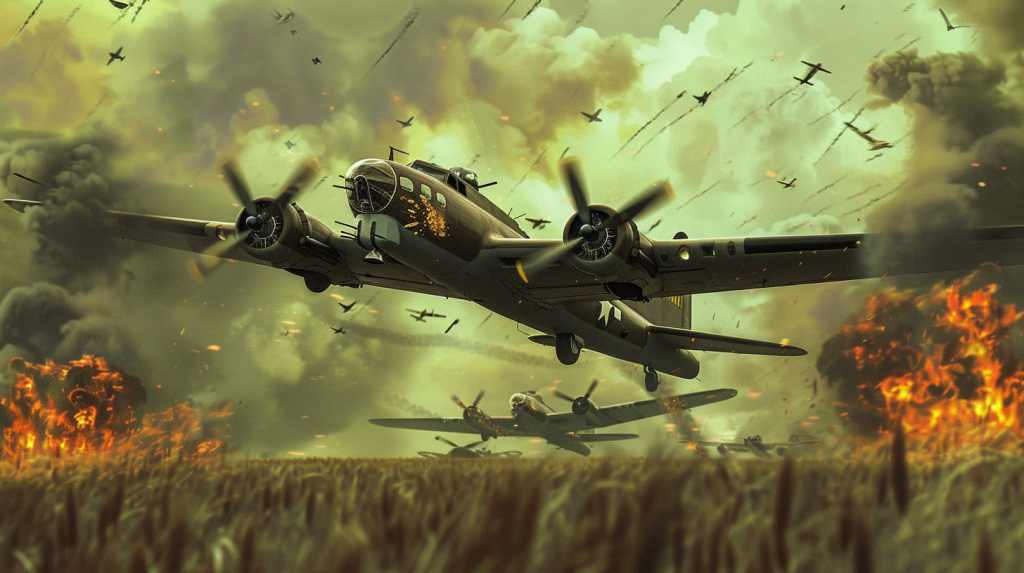
Additional Reading and Resources
- Books:
- “The Second World War” by Antony Beevor
- “The Rise and Fall of the Third Reich: A History of Nazi Germany” by William L. Shirer
- “Band of Brothers” by Stephen E. Ambrose
- “The Diary of a Young Girl” by Anne Frank
- “The Guns at Last Light: The War in Western Europe, 1944-1945” by Rick Atkinson
- Online Resources:
- The National WWII Museum: Offers a vast collection of articles, exhibits, and educational resources related to World War II.
- United States Holocaust Memorial Museum: Provides extensive resources, including survivor testimonies, archival documents, and educational materials, about the Holocaust.
- BBC History – World War Two: Features articles, videos, and interactive resources covering various aspects of World War II.
- World War II Database: A comprehensive online database containing information on battles, weapons, and personalities of World War II.
- The History Learning Site – World War Two: Provides articles, timelines, and resources for students and educators studying World War II.
- Documentaries and Films:
- “The World at War” (TV Series, 1973-1974)
- “Saving Private Ryan” (Film, 1998)
- “Schindler’s List” (Film, 1993)
- “Band of Brothers” (TV Miniseries, 2001)
- “The Pacific” (TV Miniseries, 2010)
- Academic Journals:
- “Journal of Contemporary History”
- “War in History”
- “Holocaust and Genocide Studies”
- “The Journal of Military History”
- “German Studies Review”
- Museum Collections and Archives:
- Imperial War Museums: Offers a wide range of online resources, including archives, exhibits, and educational materials related to World War II.
- The National Archives (UK) – World War II: Provides access to archival documents, photographs, and records related to Britain’s involvement in World War II.
- United States National Archives – World War II: Features records, documents, and photographs from the American perspective of World War II.
